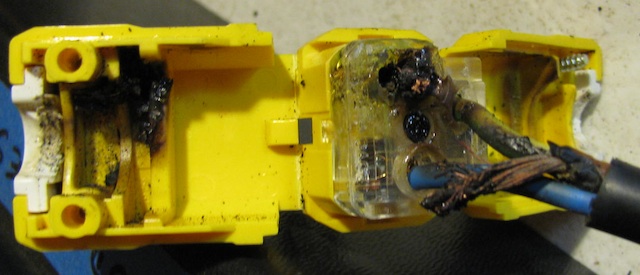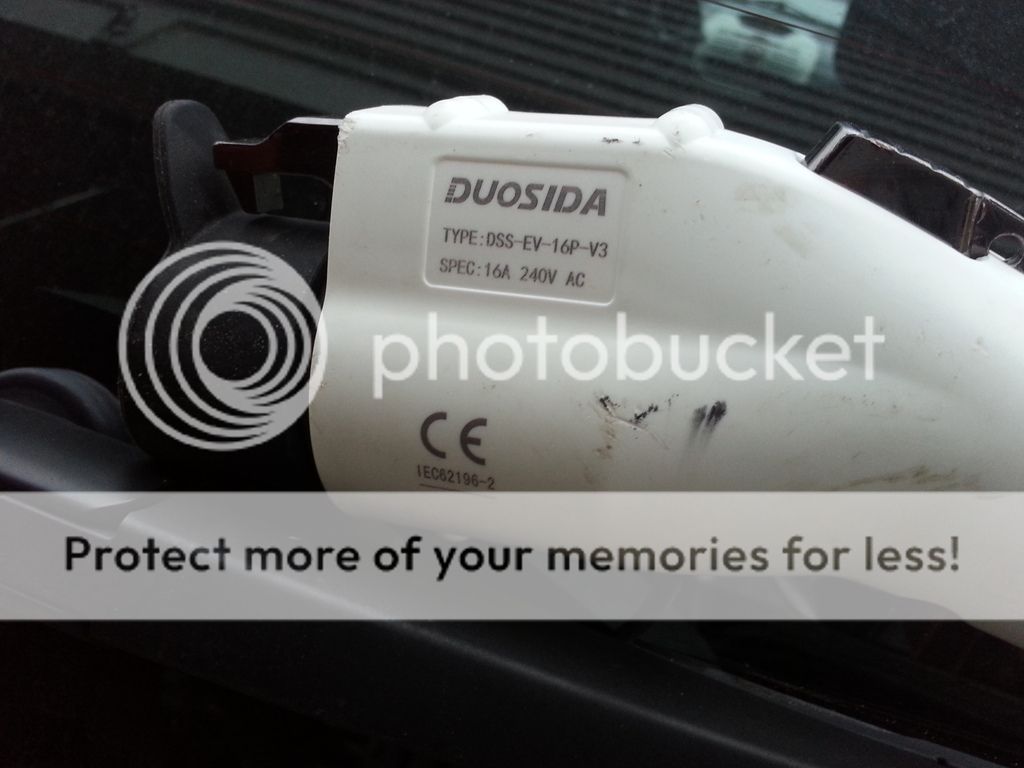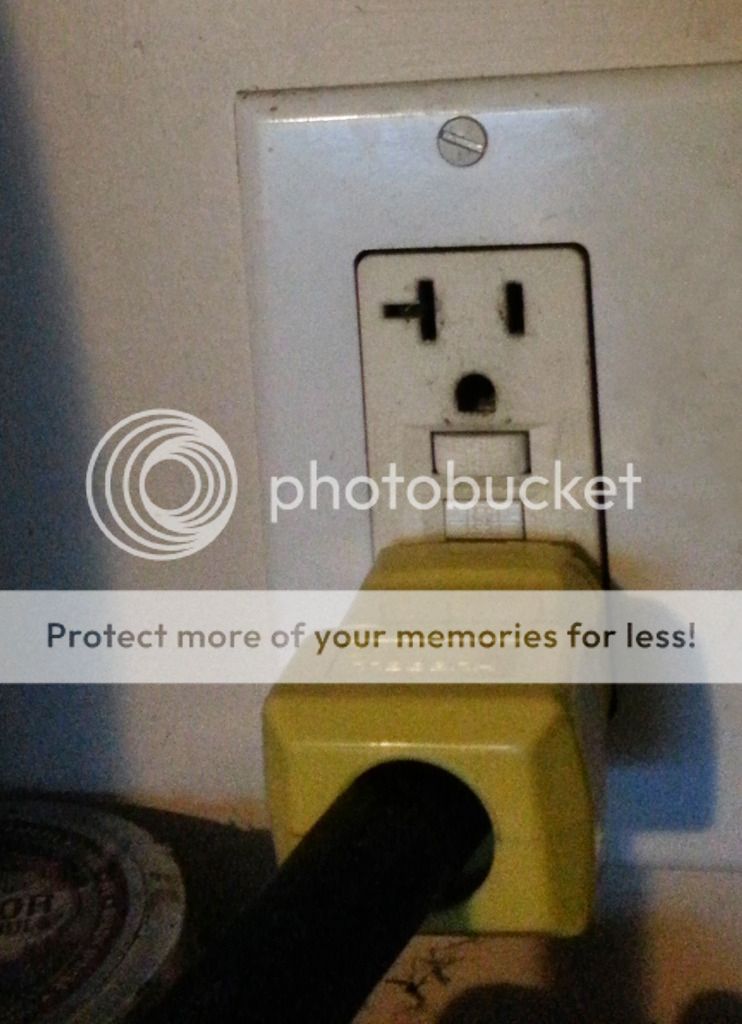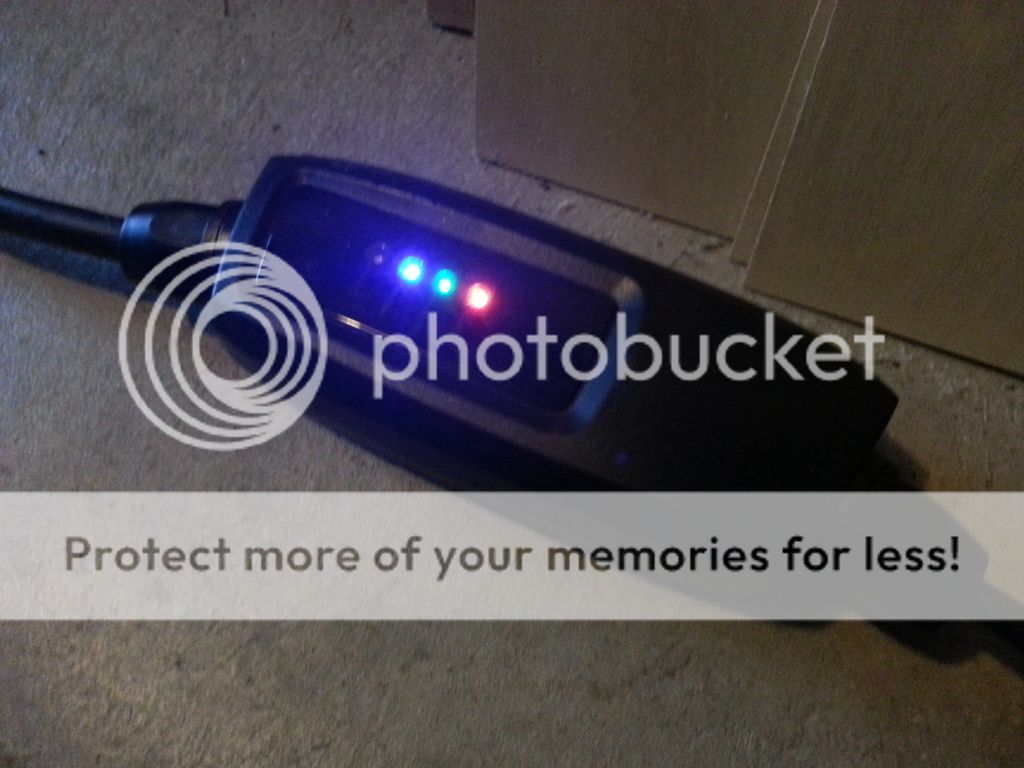That's not correct. The charger in the car can operate up to about 14 amps on either L1 or L2, but only if the EVSE tells it that it's safe to operate with that much current. Your EVSE is telling the charger it can only provide 8 amps, so the charger is regulated to just 8 amps. Use an EVSE rated for 12 amps and you'll recharge at 12 ampsthomash85715 said:The guy in Gilbert AZ who is selling the Duosida aftermarket EVSE for $200 on ebay and CL states that the charger in the car tells the EVSE what rate to operate on L1.
Ignore what he's telling you - Any EVSE set to operate at 12 amps will have your car (and any other compatible EV) charging at 12 ampsIf he is correct, then putting a EVSE that wants to run at 12A on 120V will not be a successful enterprise.
He is correct that the 8/12 switch in his Volt would only work at 8 amps if he was using your EVSE. The car can't charge using more amps than the EVSE is rated for, but if the EVSE is rated for 12, his Volt can select either 8 or 12He states that his chevy volt has a dashboard switch or way to choose 8 or 12A on L1 and that if the mitsu charger is set to draw 8, that will be the limit. This is at odds with what you all say on here but I am more inclined to go along with the wisdom here.
Long ago you read here about others using various EVSE's set to 6, 8, 10 or 12 amps charging 2012 iMiEV's. What makes you think a 12 amp EVSE won't charge your car at 12 amps . . . . other than the misinformation this guy has told you?
HOW FAST AN EV RECHARGES IS SET BY THE EVSE SUPPLYING THE POWER - THE CAR CAN USE ANY NUMBER OF AMPS UP TO THAT MAXIMUM NUMBER IS CHOOSES . . . . BUT NOT MORE
Plug any brand of EVSE set for 12 amps and your car will charge at 12 amps. The Duosida EVSE will charge your car at max on both L1 and L2, so if that's what you decide to buy, don't worry



























